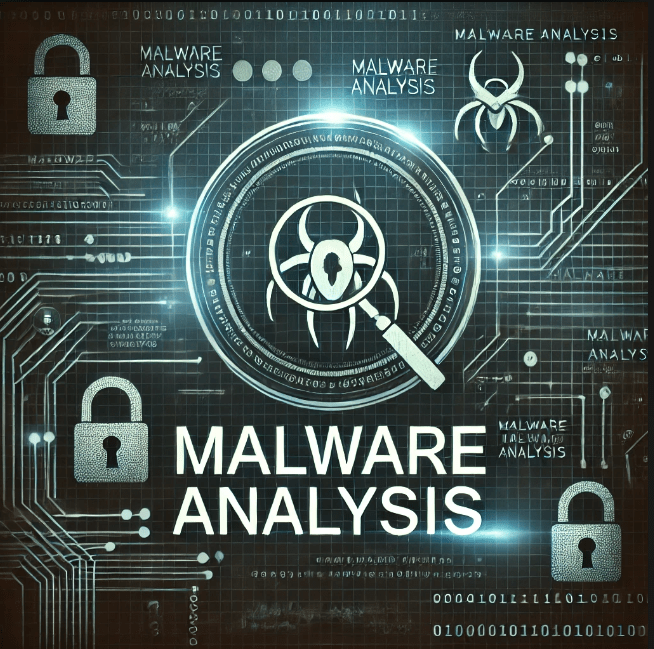A Guide to Google Cloud Security Features
In today’s digital landscape, cloud security is not just a priority—it’s a necessity. Google Cloud is one of the most popular cloud service providers, offering a suite of security tools and features designed to protect sensitive data, applications, and infrastructure. From identity and access management to threat intelligence and data protection, Google Cloud’s security solutions are built to address modern threats while ensuring compliance with various regulations. In this post, we’ll dive into the key security features offered by Google Cloud and explore how they work to secure your cloud environment. 1. Identity and Access Management (IAM) Google Cloud’s Identity and Access Management (IAM) service allows you to control who has access to what resources within your cloud environment. IAM enables organizations to set up fine-grained permissions, helping administrators enforce the principle of least privilege. Key IAM features include: 2. Data Protection and Encryption Protecting data both at rest and in transit is a foundational part of cloud security. Google Cloud provides robust encryption options, ensuring that data is encrypted throughout its lifecycle. 3. Security Command Center (SCC) The Security Command Center (SCC) provides a centralized platform to monitor and protect your Google Cloud resources. It offers real-time visibility into potential security threats and helps organizations respond quickly. 4. Network Security Google Cloud’s network security features help protect your data as it travels through the internet and across your network. 5. Threat Intelligence and Detection Threat intelligence is an essential component of Google Cloud’s security offering. Google leverages its global network to detect threats, and it applies this knowledge within Google Cloud to keep customer data safe. 6. Compliance and Risk Management Google Cloud provides a range of compliance certifications and tools to help organizations meet regulatory standards, such as HIPAA, GDPR, and FedRAMP. 7. Security Monitoring and Logging Comprehensive monitoring and logging capabilities allow teams to identify unusual activity and respond effectively. 8. Zero Trust Security Google Cloud uses a “zero trust” security model to eliminate reliance on traditional perimeter security by continuously verifying and authenticating all users and devices. Conclusion Google Cloud’s comprehensive suite of security features makes it one of the most secure cloud platforms for businesses. From data protection and identity management to threat detection and compliance support, these features help organizations safeguard their data, applications, and infrastructure against modern security threats. Whether you’re a startup or a large enterprise, understanding and leveraging these security capabilities is crucial for maintaining a secure cloud environment. By implementing Google Cloud’s security best practices, businesses can focus on growth and innovation, confident that their data and applications are protected.









